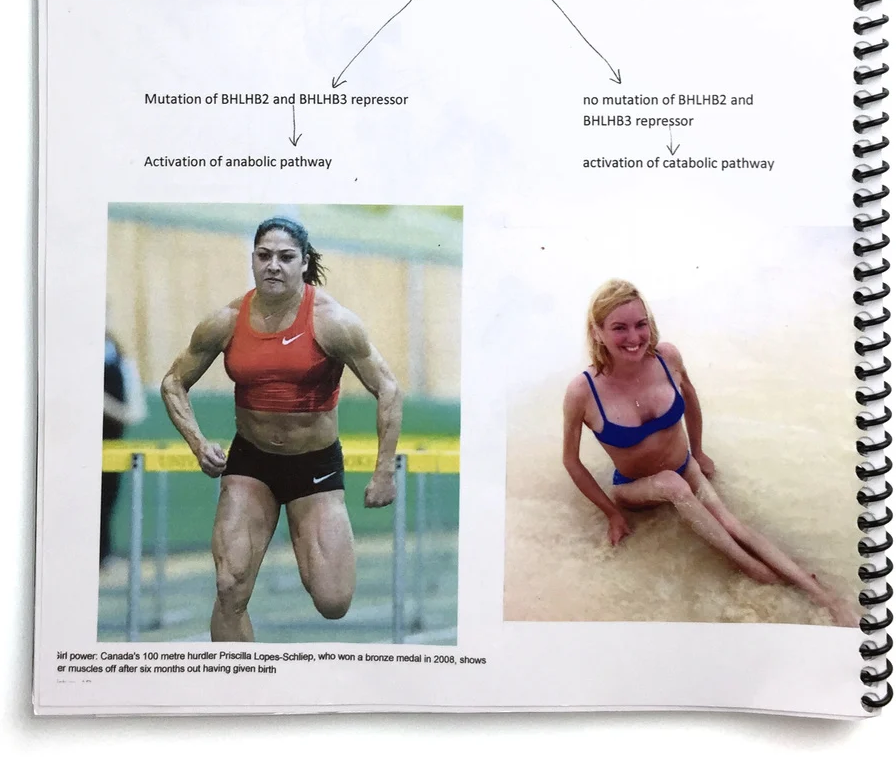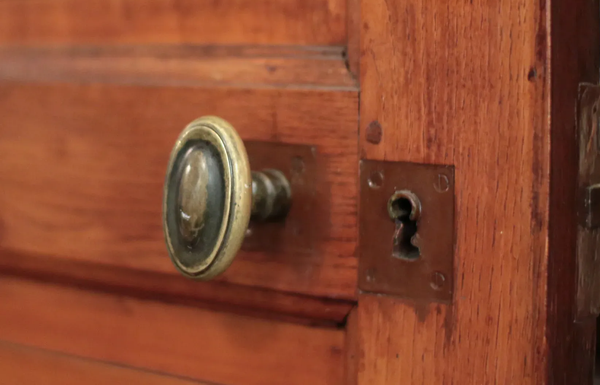The time a truck driver flew to 16,000 feet in a lawn chair

In 1982, Larry Walters, a 33-year-old truck driver from North Hollywood, tied 45 weather balloons to a lawn chair and soared into the skies, getting as high as 16,000 feet, where he was spotted by a number of jet aircraft. ''This guy broke into our channel with a mayday,'' said Doug Dixon, a member of an Orange County citizens band radio club. ''He said he had shot up like an elevator to 16,000 feet and was getting numb before he started shooting out some of the balloons.'' Walters then lost his pistol overboard, and the chair drifted downward. He became entangled in a power line, briefly blacking out a small area. The chair dangled five feet above the ground, and Mr. Walters was able to get down safely.
The DIY scientist, the Olympian, and the mutated gene
David Epstein tells the story of a young woman with a rare genetic condition who spent years trying to convince doctors that she had the same disorder as a famous Olympic athlete: "I got a personal note from a 39-year-old Iowa mother named Jill Viles. She was the muscular dystrophy patient, and she had an elaborate theory linking the gene mutation that made her muscles wither to an Olympic sprinter named Priscilla Lopes-Schliep. A few days later, I got a package from Jill, and it included a stack of family photos — the originals, not copies; a detailed medical history; scientific papers, and a 19-page, illustrated and bound packet. Within a few minutes, I was astounded."

A shipping error 100 years ago launched the $30 billion chicken industry
In 1923, Cecile Steele of Delaware, like many other rural Americans in her time, kept a small flock of chickens that she raised for eggs and then used for meat once their productivity waned. Raising chickens specifically to eat was almost unheard of. But one day the local hatchery delivered 500 birds, 10 times more than she had ordered. Returns weren’t really an option, so she kept them, feeding and watering the chicks by hand in a barn the size of a studio apartment, heated by a coal stove. Four and a half months later, over 100 of the original 500 chicks had died, but she still made a sizable profit off the survivors — almost $11 per pound in today’s dollars — and her chicken business began in earnest.

Research shows men who believe their penises to be small crave sports cars
Researchers at University College in London gave men false information about average penis size and their desire for a sports car increased: "In this experiment, we manipulated what men believed about their own penis size, relative to others. We gave them false information, stating that the average penis size was larger than it in fact is, compared to those told that the average penis size was smaller than it is. We then asked them to rate how much they would like to own a sports car (this question was buried amongst other items giving information and asking for product ratings). We found that males over 30 in particular rated sports cars as more desirable when they were made to feel that they had a small penis."

Pompeii installs solar roof tiles that look like ancient terracotta
Ancient Roman ruins at Pompeii have been fitted with invisible solar panels, in a move that will ensure the archaeological site’s sustainability and cut costs. The innovative panels, which blend into the background by imitating traditional materials, were installed on the House of Cerere, on a thermopolium—a Roman snack bar—and on the House of the Vettii, which recently reopened following 20 years of restoration work. “They look exactly like the terracotta tiles used by the Romans, but they produce the electricity that we need to light the frescoes," says Gabriel Zuchtriegel, the director of Pompeii. The invisible solar panels were created by the Italian company Dyaqua. They can be designed to appear like stone, wood, concrete or brick, so can be hidden on walls and floors.

Three-million-year-old stone tools found, but our ancestors didn’t make them
Archaeologists have discovered distinctive stone tools at a site in southwestern Kenya that may be up to three million years old, making them the oldest of their kind. Even more surprising, the tools were found alongside fossils from the hominin Paranthropus, which is not an ancestor of modern humans. The discoveries reinforce theories that hominins outside our own Homo genus also used stone tools. They also push back the earliest date for Oldowan technology—a tradition of toolmaking in eastern Africa dating to the early Palaeolithic—by hundreds of thousands of years.

Drones equipped with power provide light for Turkish rescue operations
Chinese drones equipped with lighting and power through cable technology from Turkey currently provide lighting for an area of ~8000㎡ at night in the earthquake zones, allowing the extension of the rescue schedules
— Massimo (@Rainmaker1973) February 14, 2023
[source: https://t.co/RNZDx5pHzH]pic.twitter.com/NM9uYtuuKE



